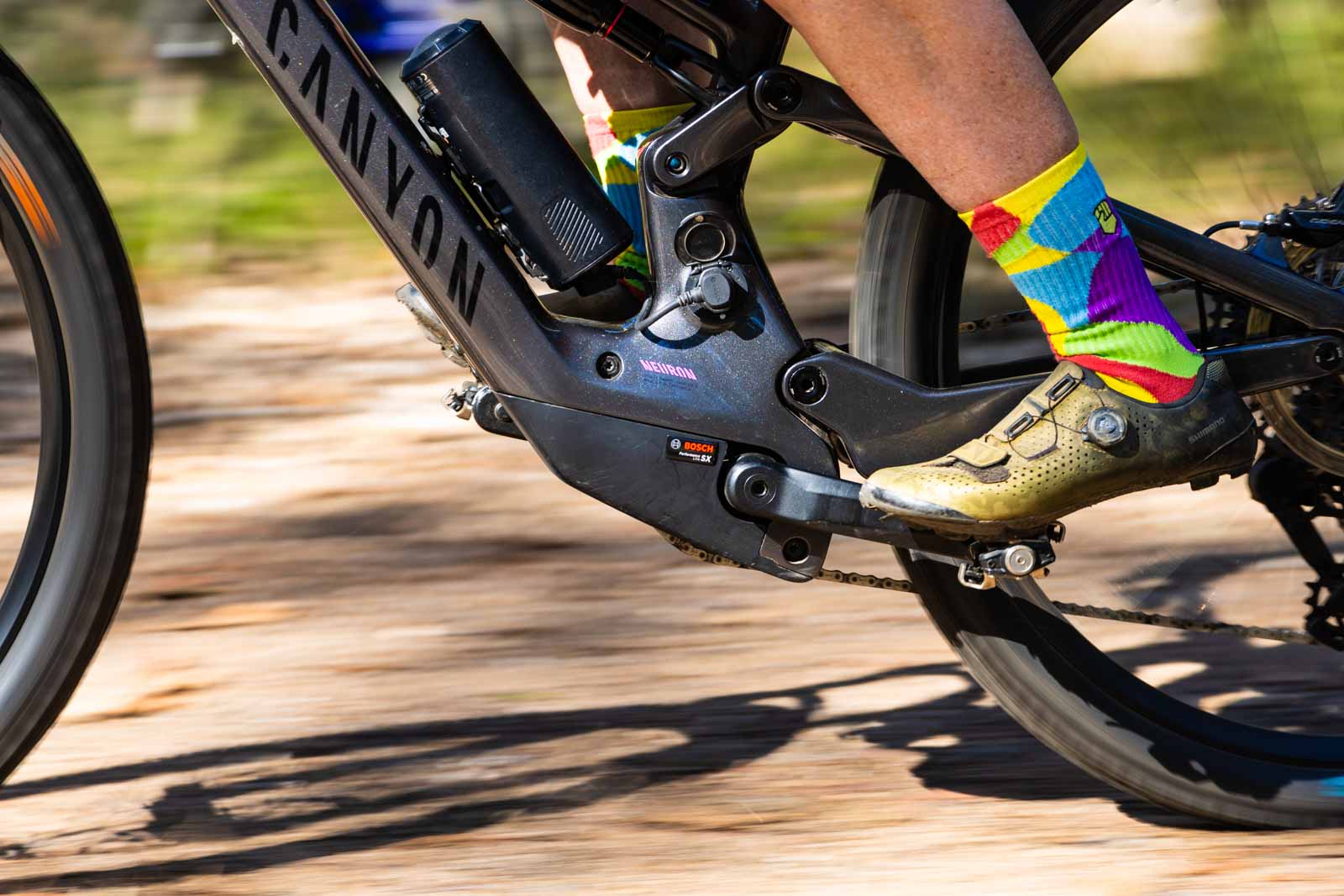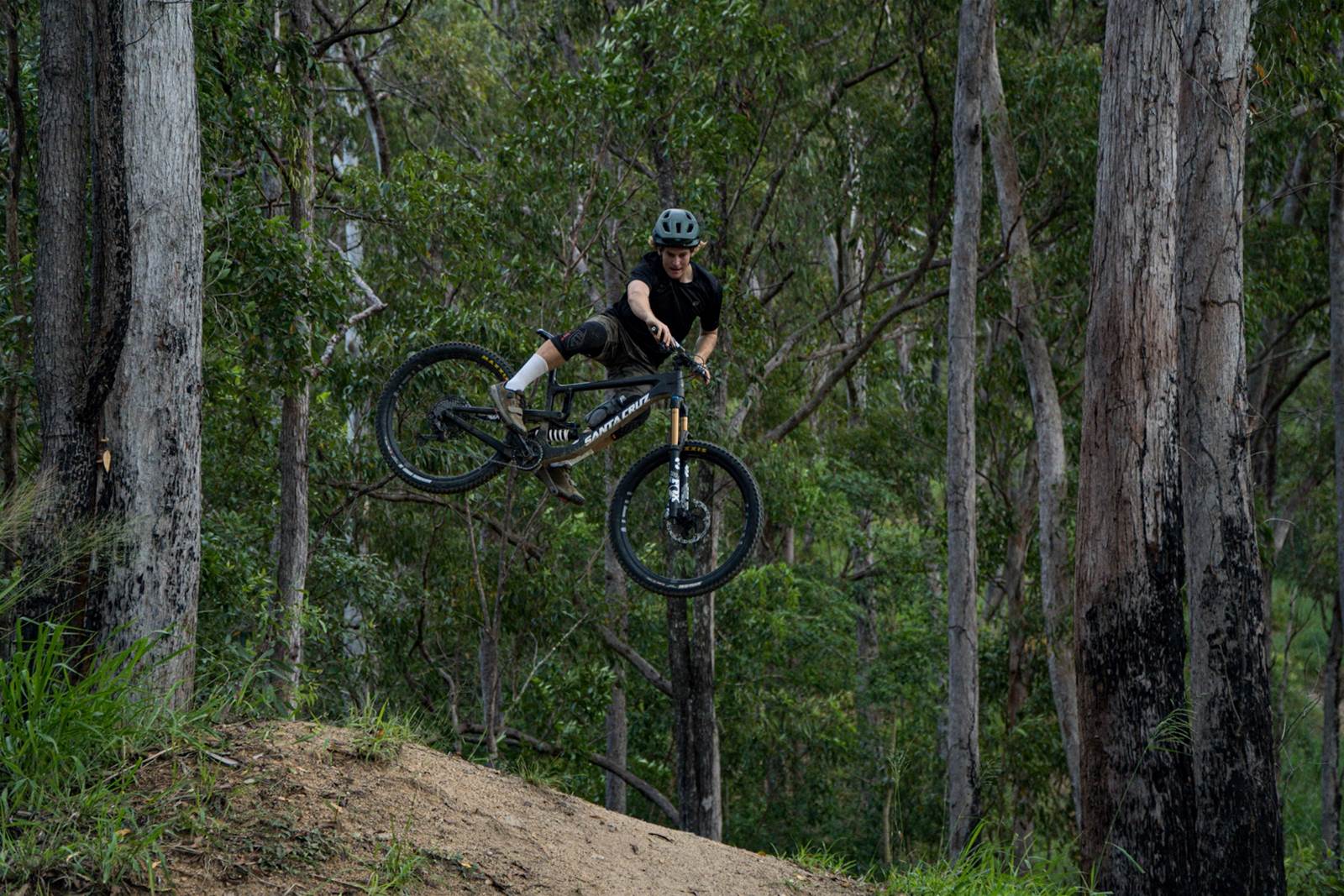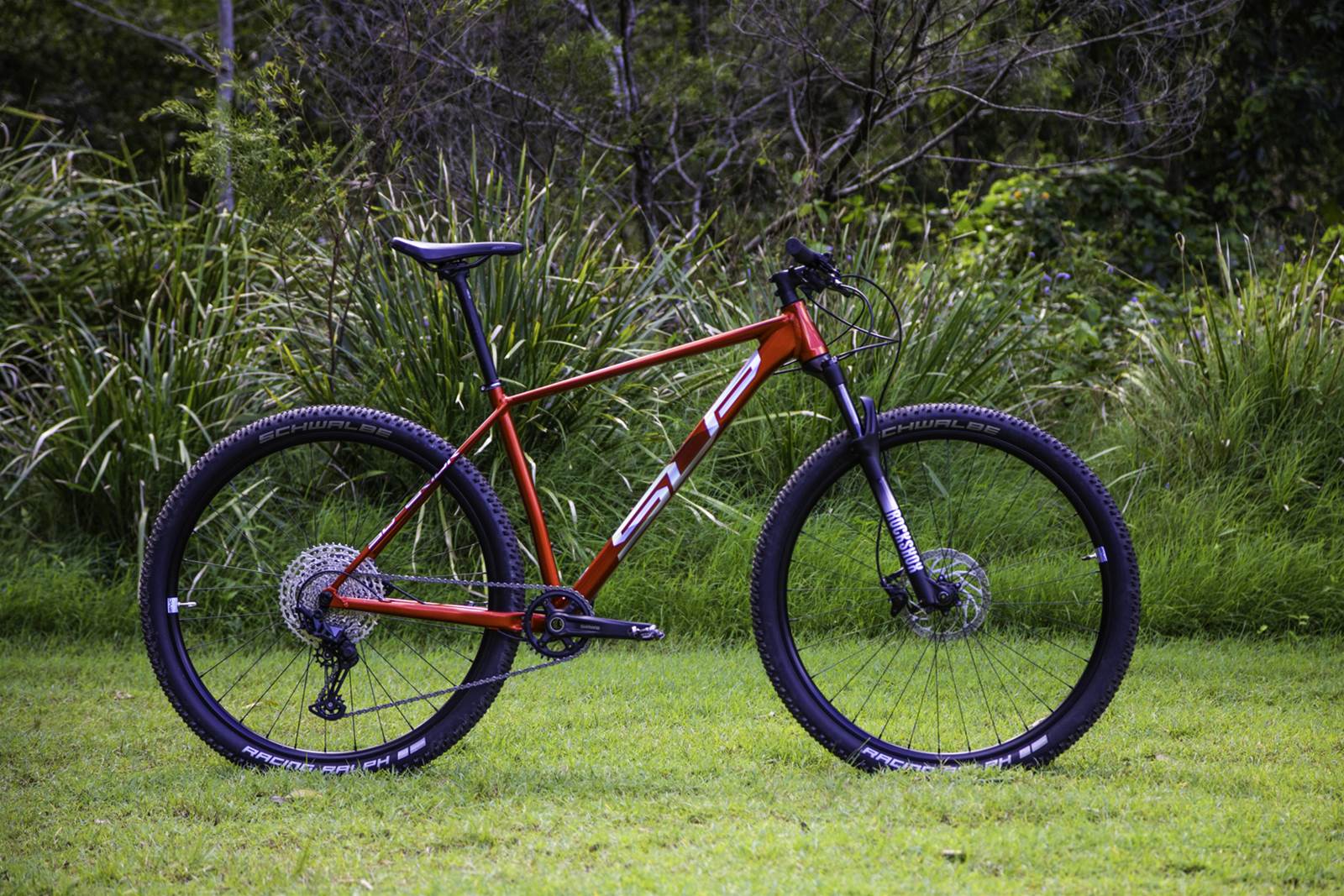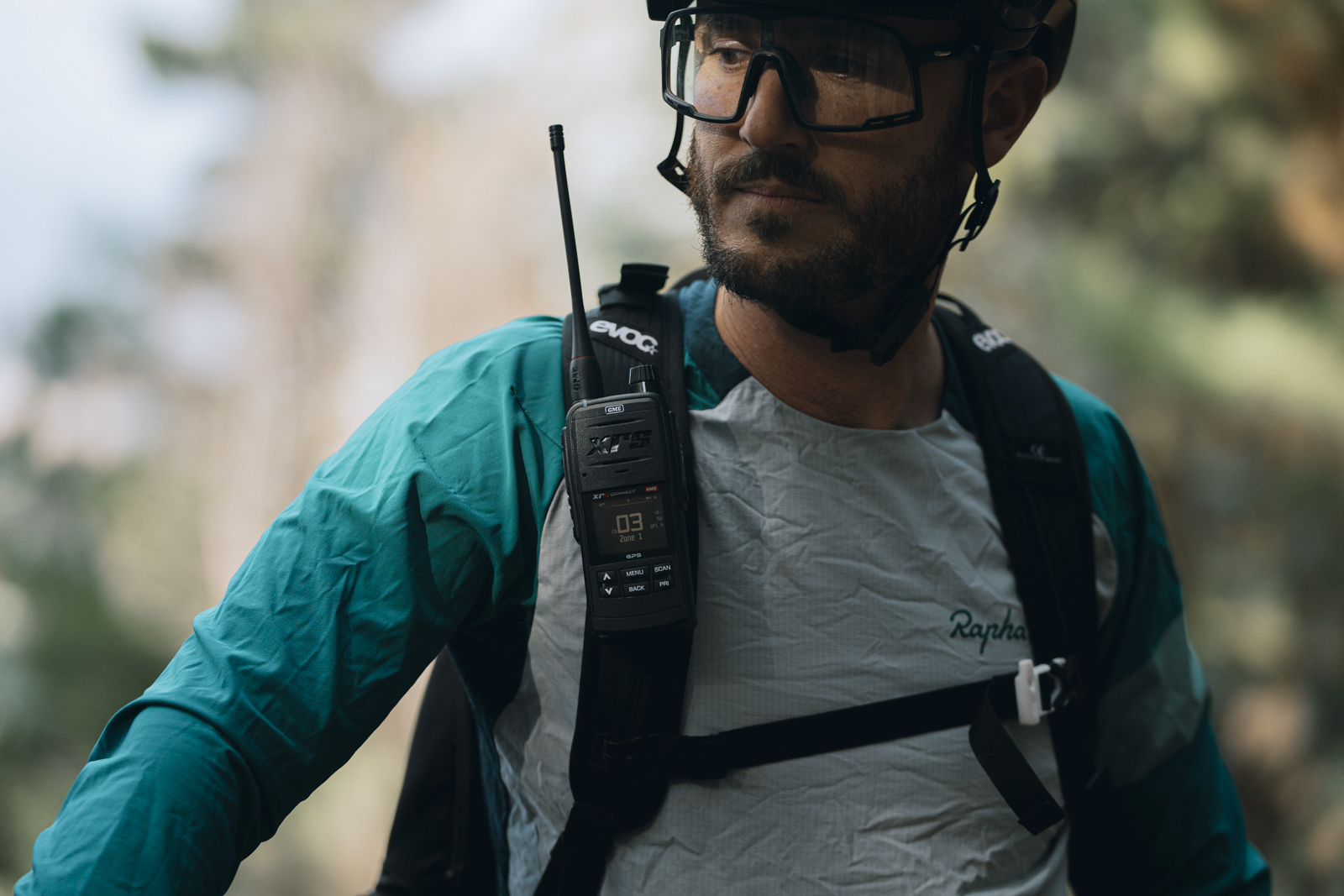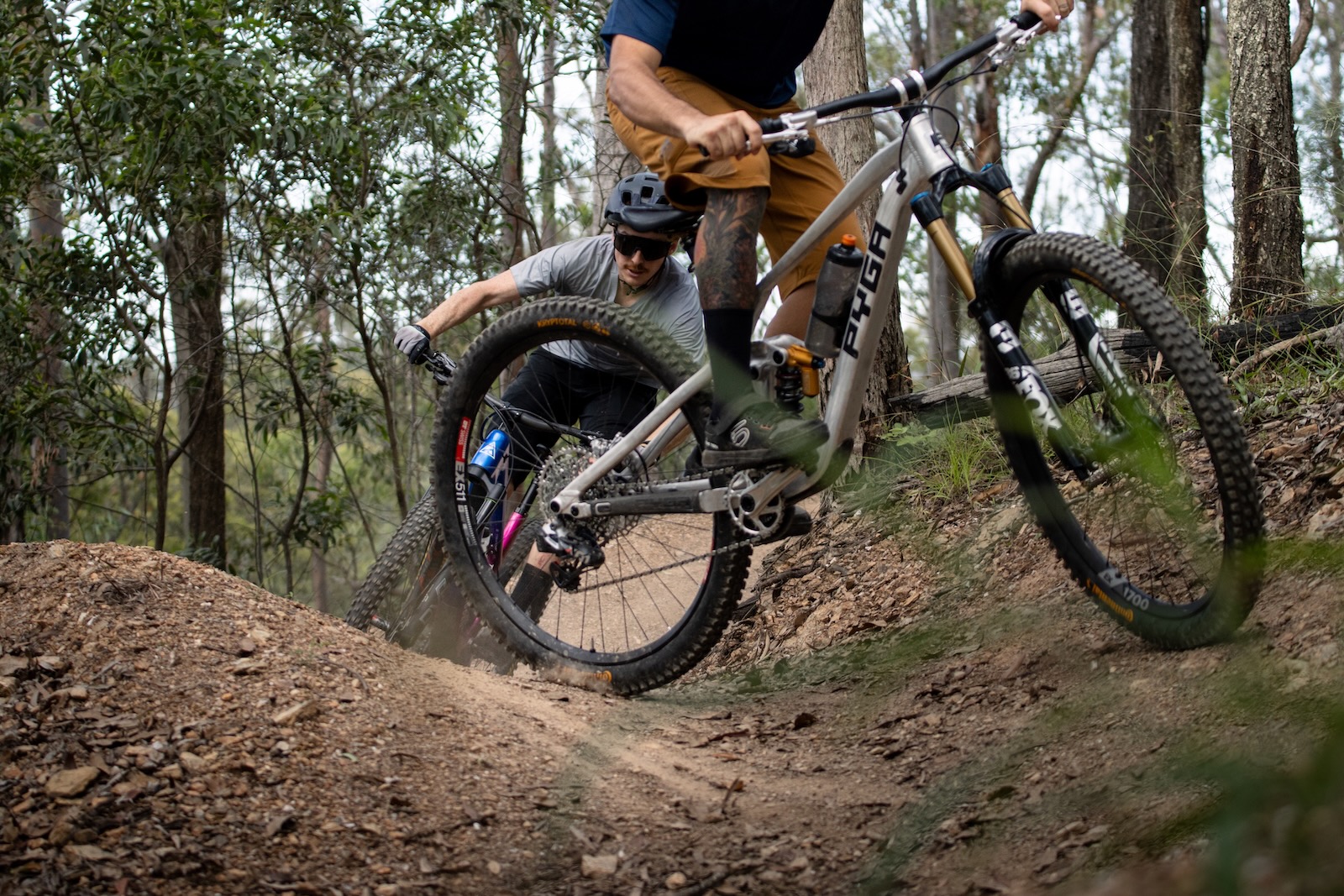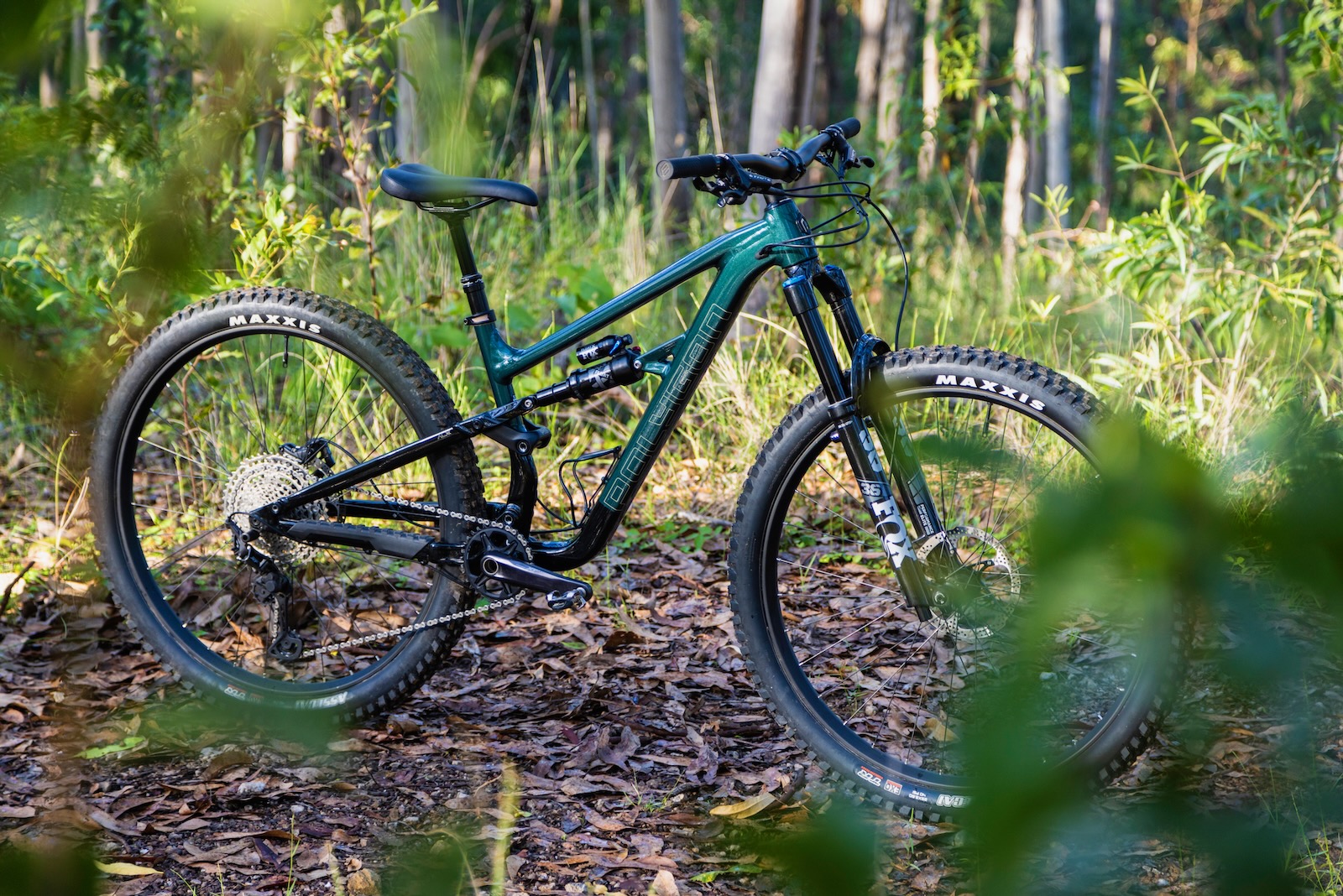Tips on entering the AMB Photo Awards
Looking for tips for the 2020 AMB photography Awards presented by Shimano? Listen to these golden nuggets from head judge Tim Bardsley-Smith.
For 2020 the AMB Photography Awards presented by Shimano have adjusted their focus onto photography – sounds wild, right? We have created a mix of categories that represent a range of mountain bike photography styles. The terms might not be too technical, but you will need to brush up your skills to really nail and win a category, or the overall.
Hero Shot | Pan Shot | Wide Angle | Detail
Given 2020 has thrown up many challenges, we encourage you to go through your stock photos to find images that suit. If riding outside with one other is safe and allowed in your region – go right ahead and get something fresh.
We're on the hunt for the Photographer of the Year, who will win $3000 and a Shimano XTR M9100 12-speed group set. Each category winner will win $500, and the best Young Photographer wins a Shimano Deore XT M8100 12-speed group set, plus some paid work with AMB.
For the full run down of prizes and terms and conditions, head to the competition website.
And for tips, ge the inside line from judge Tim Bardsley-Smith!
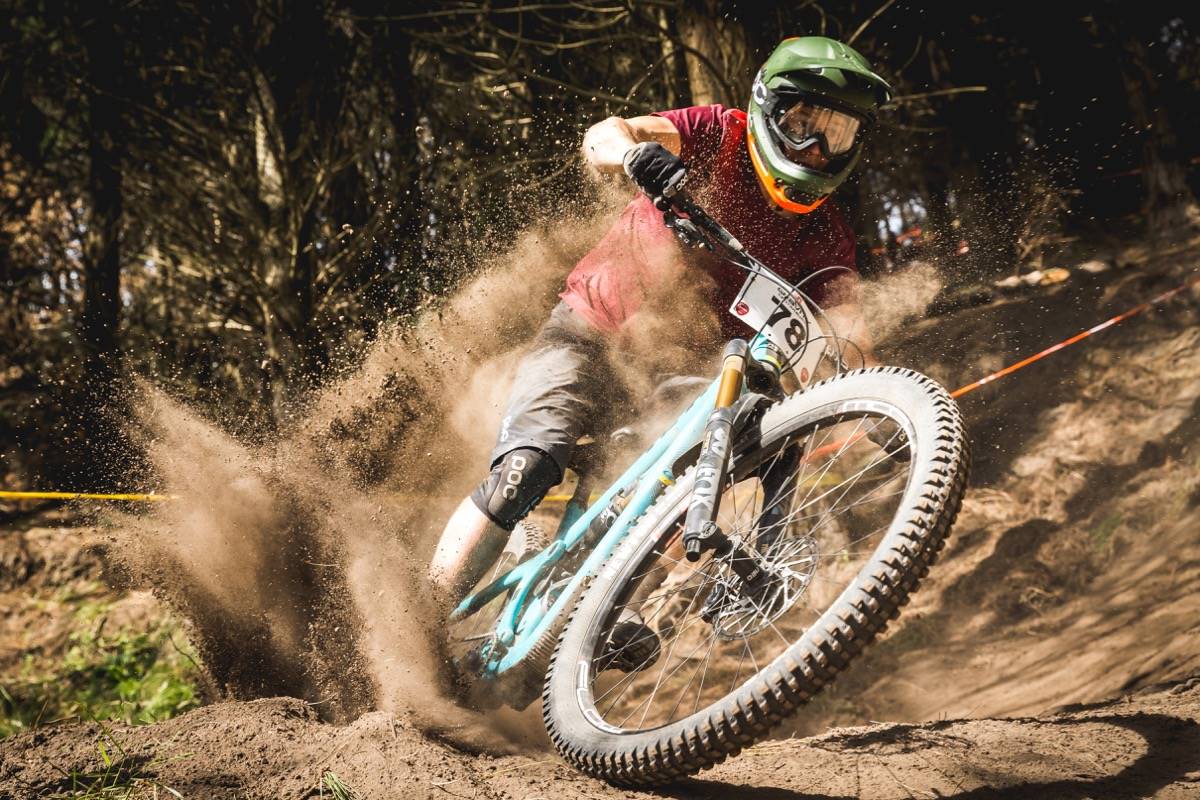
Hero Shot
It’s quite difficult to produce as a task. Everything has to be right, this can often happen serendipitously when you are just on big shoots but not when you are under time pressures, like a normal working photographer often is. This is when it’s challenging.
The rider has to be looking good on the bike, with no awkward facials or kooky legs. Drive side is best, and sharpness is key. There are exceptions, but this typically isn’t the shot to get super artsy with.
It’s important for it to be a dynamic shot that pulls the viewer in or makes them pick the magazine up. It needs to have an x factor about it.
Framing is key. If it’s a cover portrait is best with space for cover lines and a header. If it’s a double page print opening spread then the focal point needs to be left or right of center with space for title artwork. You don't want to ever submit work where the subject gets lost in the fold of the magazine!
Location is also key to the shot. It doesn’t have to play a big role but it needs to be thought about. Is the background clean? Is the background cluttered? And is the riding enough to pull the viewer into the shot alone, or does it need an amazing landscape to give it the special something?
Make sure you consider all these things for the Hero Shot.
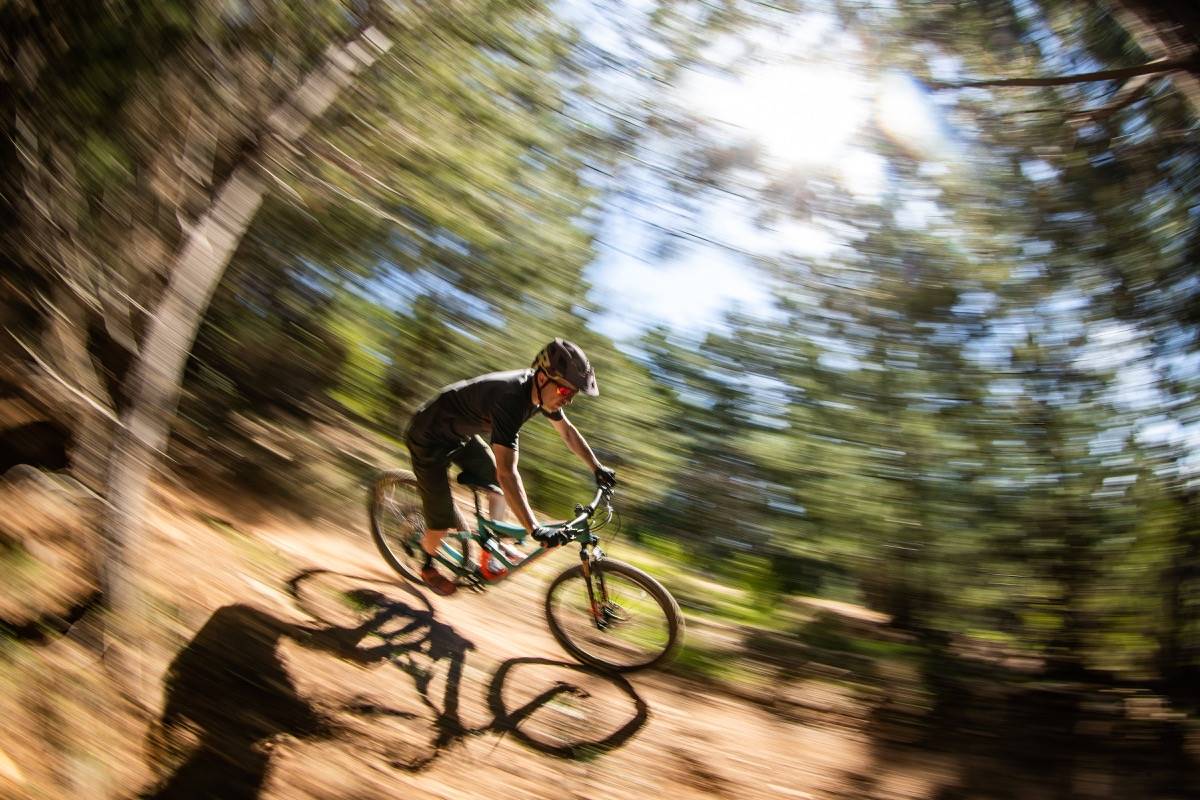
Pan Shot
Pan shot’s have been around and popular in cycling photography since the sport began to be photographed. Initially with older camera speeds it would have been the only way to get a sharp photo of a moving cyclist. The high speed and often relatively smooth trajectory lends it’s self extremely well to this photography type.
It’s an important weapon for any mountain bike photographer to have in their arsenal. Understanding why and how to produce good pans is extremely beneficial. You need a steady hand and the confidence to go super low with your shutter speed will get big kudos. One tip I was told was to breathe out during the pan – it does help!
Picking a good location and angle is imperative, thinking about everything from lighting and what the background will look like once it’s blurred will effect how good the photograph is that you produce.
You also need to think about the rider's movement throughout the fractions of a second your shutter is open, as this will change how sharp they are.
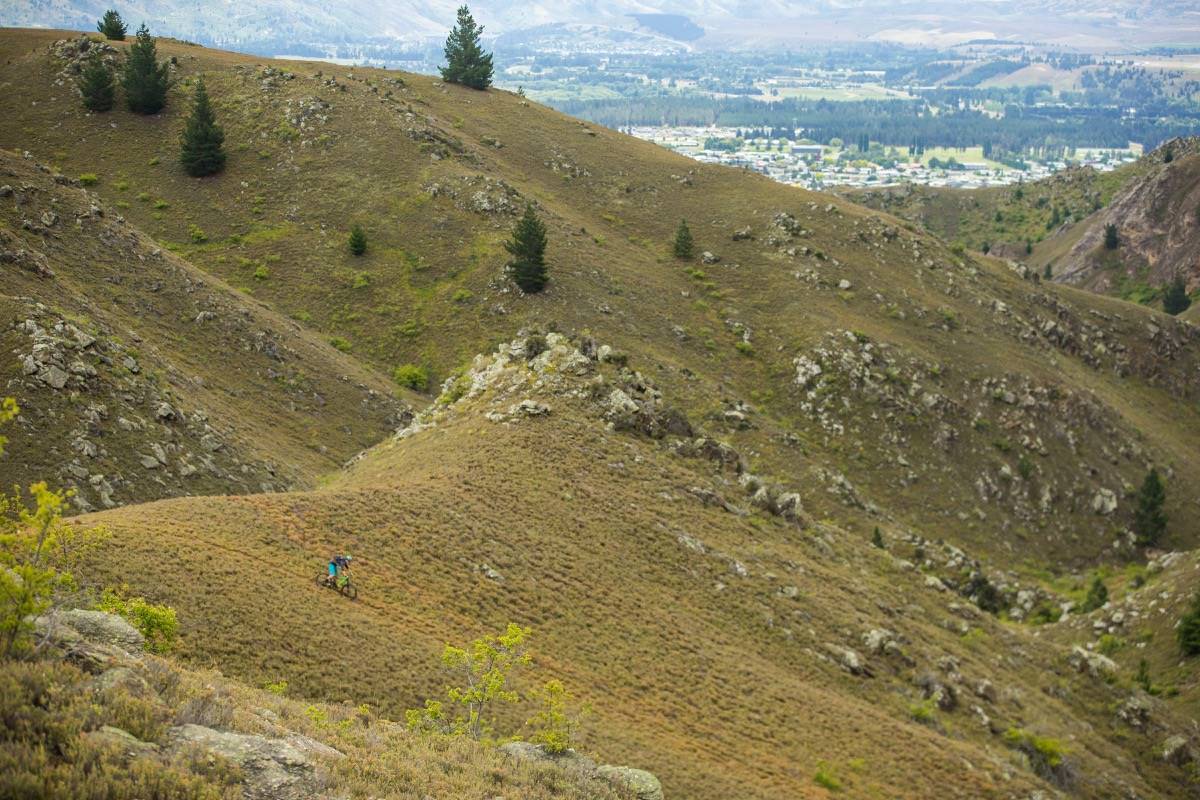
Wide Angle
Shooting wide is common practice for mountain biking. Particularly here in Australia, as the bush is usually pretty dense it’s hard to get long shots as you cant get far off the tracks. It’s important in big landscapes and can help show the stunning locations mountain bikes often take you. It’s one of the many reasons people ride, that sense of exploration to find new stunning scenery. This makes it important to capture well.
If you're shooting wide because you don’t have much room then it’s important to firstly understand how your wide lens might distort the image. A fisheye distortion while extreme can be more aesthetically pleasing than the distortion of a corrected aspherical lens which can drastically stretch heads when used in tight confines.
If you’re shooting wide because you want to show a wide expansive landscape then pulling back a little and using the scale of a small rider and massive scenery can look impressive.
Framing is equally important, putting a rider either side of the frame to show movement of where they have been or where they are going is helpful for story telling purposes.
I know exactly what to enter, take me to the entry page.
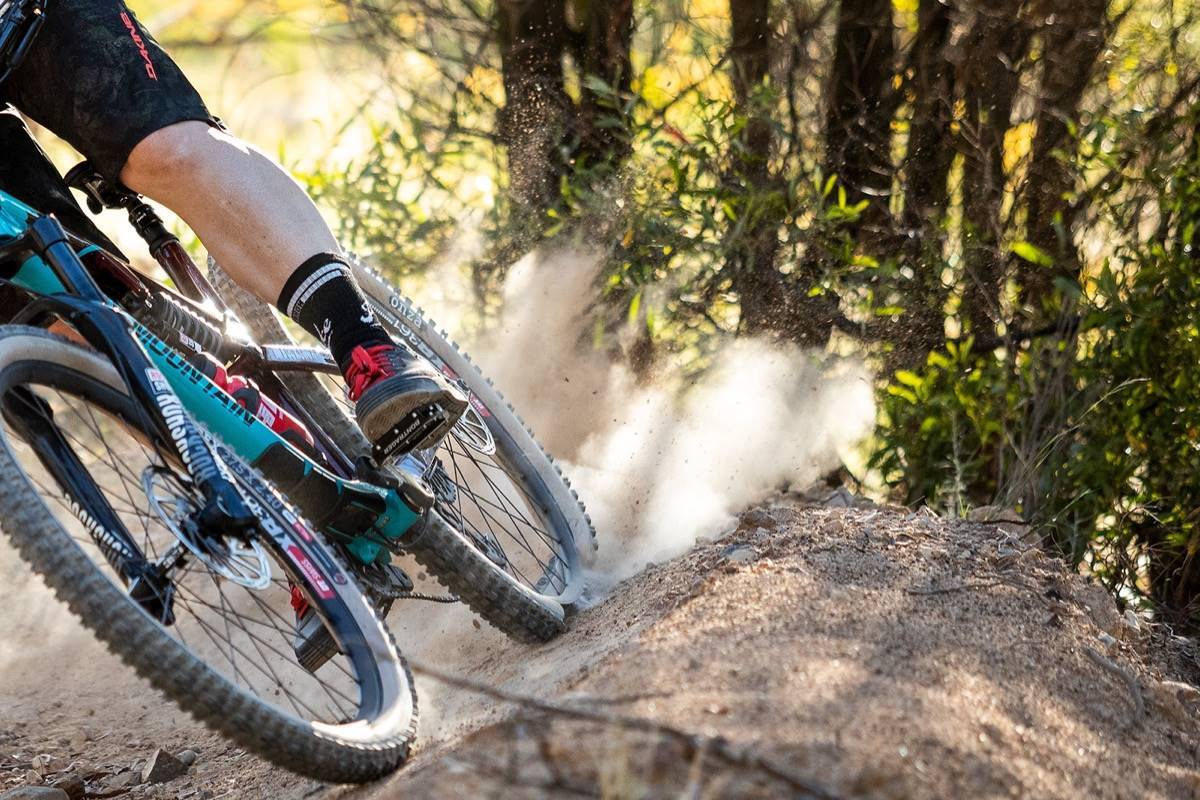
Detail
Sometimes focusing in on one simple element can be very powerful, it lets the viewer think of nothing else. There's beauty in simplicity, and catching a moment in time in extreme detail, or a very minor element in clarity leaves an impact.
Things like tyre tracks in the mud, dust or water from an exploding berm or creek crossing.
It could also be a close up of a single leaf or flower with a slightly blurred rider in the background. Even a close up of a dusty chain or well worn grip. These all tell a story left to be fill by the imagination of the viewer. The options are literally endless.
Right, zoom in. I'm ready to enter.
I really hope these little insights to what myself and the other judges are looking for are able to help you all in choosing or taking your photographs for the AMB Photo Awards. We can’t wait to see all the inspirational shots you come up with.

